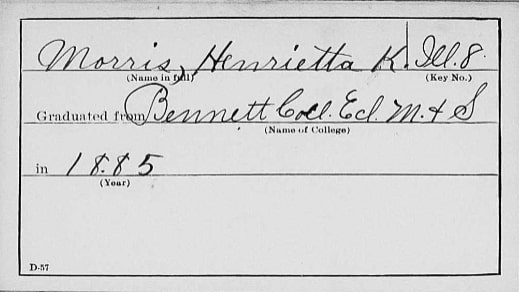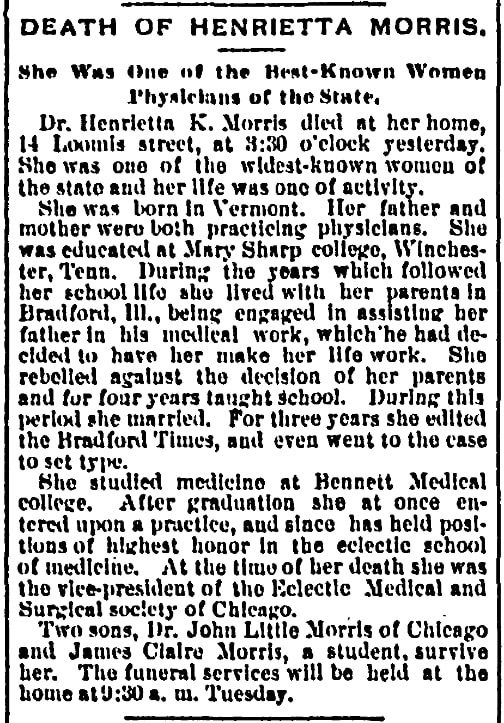Introduction: In this article, Gena Philibert-Ortega uses a case study from her own family history research to show the importance of using more than once source. Gena is a genealogist and author of the book “From the Family Kitchen.”
It’s important to be thorough when researching your family history. This means seeking multiple sources for an ancestral fact, especially when using a derivative source such as an index or a periodical article. (1) Finding multiple sources helps you conduct an “exhaustive” search.
I know what it’s like to find that one document that you’ve been looking for forever. That one source may seemingly prove your ancestor’s birth, marriage, or death. You may feel like you did a lot to find that one document and now that you have it, why should you look for more?
There are many reasons that multiple sources are best, especially when using derivatives. The type of source, accuracy, and the informant’s knowledge are just a few. But also consider what additional documents might tell you in addition to what you initially found.
A good example of the potential richness of multiple sources is exemplified by this case study: researching the report of the death of Dr. Henrietta K. Morris in a periodical.
Henrietta K. Morris, M.D.
When I started researching Dr. Morris, all I knew about her was from the Woman’s Medical Journal, a publication for women physicians. (2) Her death notice, published in the June 1896 issue, included the following facts:
- Died in Chicago, Illinois
- Ill for a year
- Vice President of the State Medical Society (Springfield, Illinois)
- Vice President of the National Eclectic Medical and Surgical Association (met in Atlanta, Georgia)
- Vice President of the Eclectic Medical and Surgical Society (Chicago, Illinois)
- Had a husband and two sons (3)
This death notice provides some information to start with; however, it lacks the basic facts that I would expect to see in an obituary – such as her age, death date, and the names of her husband and two sons. Obviously, I know that she had to die prior to the publication of that issue dated June 1896, but there’s no telling when the issue was actually published. (For example: the month or months prior to June – or was it late and published in June or even the next month?) My initial guess was that she passed away sometime in the first four months of 1896.
Because Dr. Morris was a physician, I decided to take a look at the American Medical Association’s Deceased American Physicians, 1864-1970, available from FamilySearch. This collection is alphabetical, and each person is listed on an index card/s that can vary in information from a very brief mention to several cards of biographical data.
A search for Henrietta in this source resulted in a very brief mention:
- Her name (Henrietta K. Morris)
- University she graduated from (Bennett College)
- Date of graduation (1885)
More disappointing was that it didn’t list her death date.

After utilizing two occupational sources I still had no death date. But I knew some information, including that she lived in Illinois, and that she had a husband and two sons.
Now you might be wondering: “Why not look for an obituary?” That was my next step. Did an obituary exist and could it provide more information?
The Life and Death of Dr. Morris
I went to GenealogyBank’s Historical Newspaper Archives and searched for Henrietta Morris, restricting the year to 1896 and narrowing papers to the state of Illinois. I received only one hit, this obituary from the 10 February 1896 issue of the Chicago Record.

What facts does this obituary provide?
- Died at her home, 14 Loomis Street at 3:30 on Sunday, 9 February 1896
- Born in Vermont
- Father and Mother were physicians
- Attended Mary Sharp College (Winchester, Tennessee)
- After school lived with parents in Bradford, Illinois
- Taught school for four years
- Married during the time she was teaching
- Edited the Bradford Times for three years
- Studied medicine at Bennett Medical College
- “Held positions of highest honor in the eclectic school of medicine”
- Vice-President of the Eclectic Medical and Surgical Society of Chicago
- Two sons: Dr. John Little Morris (Chicago, Illinois) and James Claire Morris (student)
- Funeral at the family home on 11 February 1896 at 9:30 a.m.
This is a huge improvement from what I already knew, while echoing some of what I had previously learned such as where she went to school, that she was vice-president of the Eclectic Medical and Surgical Society of Chicago, and that she has two sons – but this time I knew their names.
So, what now? Is that the end of my newspaper search? The above search only yielded one result. I believed there should be more written about Dr. Morris in the newspapers, and so I decided to conduct another search using different search parameters.
To be continued…
_________________________
(1) To learn more about types of sources see QuickLesson 17: The Evidence Analysis Process Map on the Evidence Explained website at https://www.evidenceexplained.com/content/quicklesson-17-evidence-analysis-process-map.
(2) The Woman’s Medical Journal, June 1896, pg. 160. Available from Hathi Trust, https://babel.hathitrust.org/cgi/pt?id=hvd.32044103011789&view=1up&seq=180.
(3) In all of my examples I’m using only the genealogically relevant facts mentioned.

Enjoyable following along on your genealogy journey. I’m looking forward to the next post about Dr. Morris!
Thanks, Marian! I appreciate your taking the time to read and comment on this case study.
I enjoyed your piece. I have a brick wall for my grandfather, Thomas Smith Baber, born in 1884 in very rural Albemarle County, VA. I have personally visited the genealogy area of the library in Charlottesville, VA, visited the library in Lynchburg, VA, called the only local church, requested and reviewed his military records, I have his obituary… I just cannot find his parents. That 1890 census would have been very valuable. Alas, he doesn’t show on any state census, either. HOWEVER, your article renews my commitment to continue the search. THANKS!
Wonderful Diana! I’m glad that I was able to help. I think sometimes the best thing to do with a brick wall is to walk away for a little while. Read, study other cases, take a break. Genealogy discoveries do not happen overnight.
Good luck with your research!